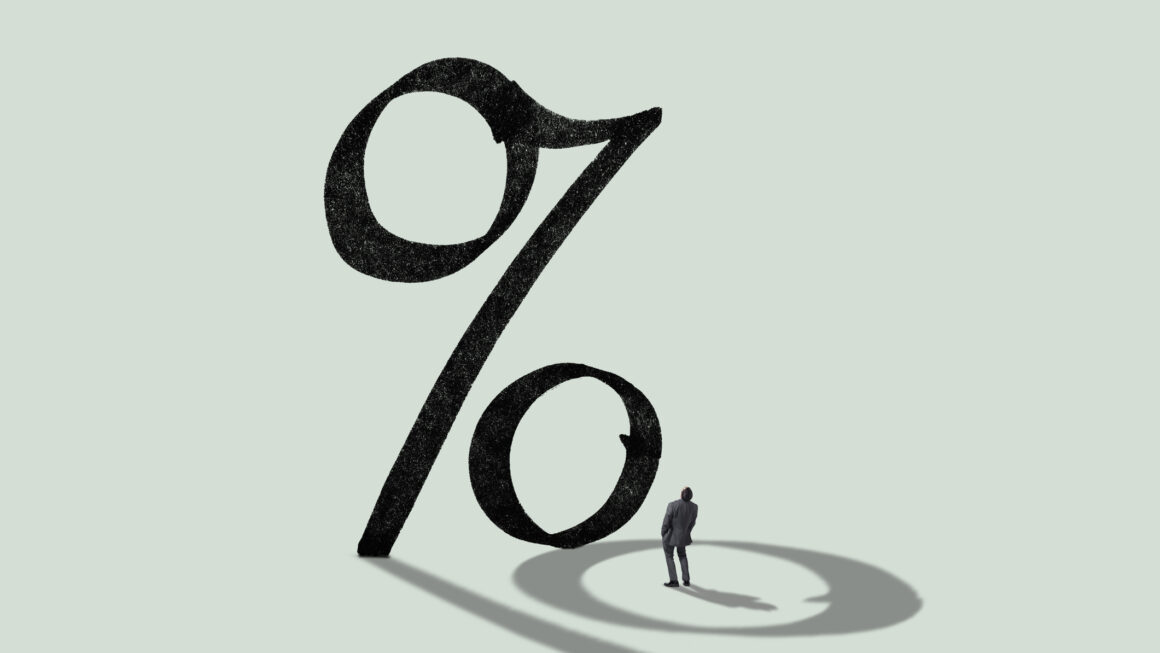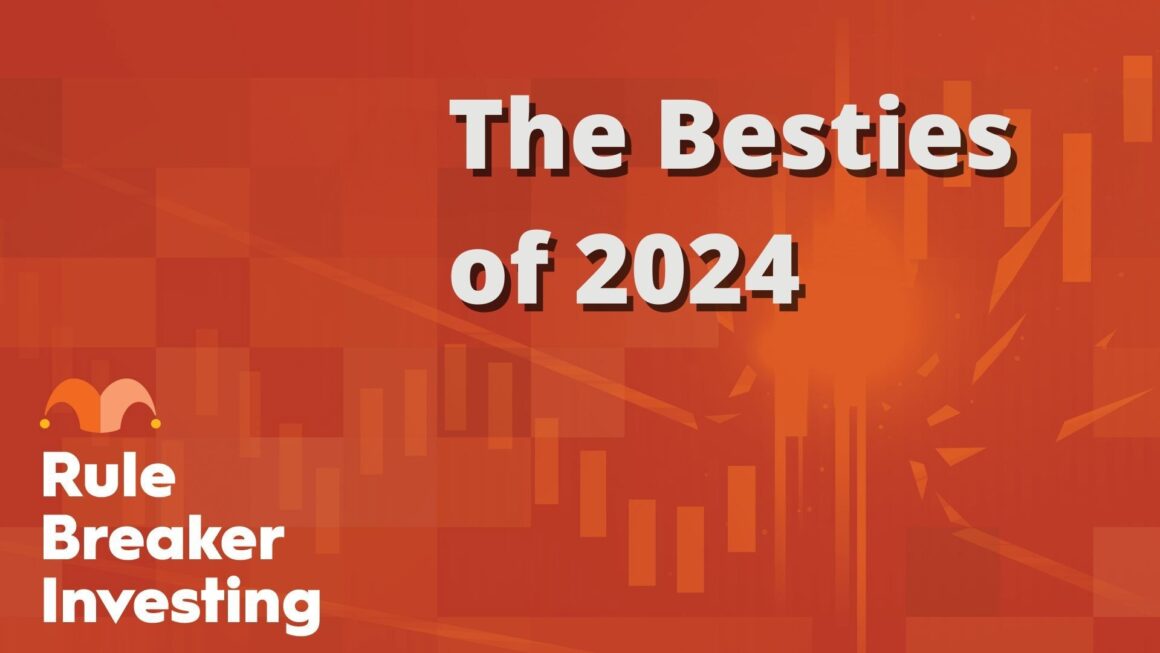When you explore more into the Lending Act of 1968 you will know that it is a federal law designed by the government to promote consumer credit as well as help the consumers to make an informed decision. According to the law, it is mandatory to have disclosures about the terms and cost of borrowing. The primary objective behind this is to standardize the way in which these costs are calculated and disclosed. There are other significances of the law as well.
- In addition to the above, the law provides the consumers the right to cancel any specific credit transactions involving a lien on the principal dwelling of the consumer. It also regulates a few specific credit card practices apart from providing the means for a fair and timely resolution of any credit billing disputes.
- However there are a few exceptions made to this law and its extent. As for a few high-cost mortgage loans, the law does not regulate these charges that are usually imposed for such consumer credit. Rather, the law requires a uniform or standardized disclosure of these costs and charges. This is done to provide the consumers with an opportunity to shop.
- The law also imposes a few limitations on home equity plans especially to those plans that are subject to the necessities of 12 C.F.R. 1026.40 and also a few higher-priced mortgage loans or HPMLsthat are subject to the requirements of 12 C.F.R. 1026.35.
As per the law, these regulations prohibit specific acts or practices in connection to money lending and credit secured by any principal dwelling of the consumer.
Read On…
What was The Lending Act 1968?
A brief intro about the Lending Act will make things easier for you and to make a more educated decision.
This Act was originally Title I of the Consumer Credit Protection Act enacted in May 29, 1968. The Act entails the regulations and limitations implementing the statute. These regulations are collectively termed as “Regulation Z” and are codified at 12 C.F.R. 226. Almost all specific requirements imposed by the law are found in here and therefore any requirement by the law will refer to the Regulation Zas well as the statute itself.
Since its inception, the power to implement these statutesand regulations was vested on the Federal Reserve Board, FRB. However, since July 2011, a general rule was passed and this authority was transferred to the Consumer Financial Protection Bureau, CFPB pursuant to provisions enacted by the Consumer Protection Act in July 2010.
Any upcoming guidelines implementing the statute referred to as Regulation Z was henceforth codified at 12 C.F.R. 1026 to attempt mirror the FRB’s regulations whenever practicable. However, The Federal Reserve retained some of the rule making authority under the Lending Act for loans and credit offered by specific motor vehicle dealers along with a few other particular provisions.
Annual Percentage Rate (APR)
With the act came the Annual Percentage Rate or APR. This is a mandatory calculation that all consumer lenders must follow so that certain misleading interest rate calculations that were used previously are not practiced. There are a few interesting facts to know about APR.
- For over a decade, all consumer loans were provided based on the APR that was calculated in a more economically meaningful way.
- However, in the 1980s the auto manufacturers found a loophole in the lending act and its administration and started to exploit it to the fullest. There was no distinct differentiation between ‘finance charges’ and ‘amount financed’ neither in the Act nor with the administrators, two terms that are required in a disclosure statement.
- The auto manufacturers bundled the price of the car and the financing charges that is usually provided by the captive finance company of the auto makers. Following this practice the auto makers found it very easy to shift the money between these two specific categories and could even eliminate the financing charge totally. This practice gave rise to the so called and confusing “zero percent APR” financing.
- The auto companies made typical offers and even offered rebates to allure more consumers. However, this rebate made on the price of the car goes for paying for the much hyped “interest free” loan.
- As it was easy for the auto makers only to do this type of bundling, credit unions and banks along with other financial institutions are left at a disadvantage since it was mandatory for them to disclose true APR rates and cannot claim ‘no interest’ costs like the auto makers.
All in all, this processcaused severe and complex finance problems for any typical consumer. This is because ‘zero percent’ financing may cost a lot lessor a lot more than any traditional financing from a non-auto manufacturing institution.
Regulations
The regulationsare divided into a few subparts such as:
- Subpart B–This relays to the open-end credit lines or revolving credit accounts including credit card and Home Equity Lines Of Credit.
- Subpart C – This relates to the closed-end creditsuch as homeloans, motor vehicle loans and any fixed loan term and contains guidelines on disclosures, APR calculations, treatment of credit balances, advertising, right of rescission, and non-requirements.
- Subpart D – This contains rules on oral disclosures, record retention, state exemptions, effect on state laws, and rate limitations.
- Subpart E – This contains all those special guidelines for mortgage transactions such as closed-end home mortgages, reverse mortgage mortgages, high-cost mortgages, HPMLs, credit secured by a house, mortgage transfer, home equity plans and home valuation independence.
Apart from these there are several appendices that contain all necessary information such as:
- Processes for determinations of state laws
- State exemptions
- Issuance of staff interpretations
- Special kinds of credit plans
- Enforcement agencies
- Model disclosures for compliance with the Act
- Rules for computing APR in closed-end credit transactions and
- Total annual cost rates for reverse mortgage transactions.
In short, the Lending Act is a law that will provide true and ultimate protection to the consumer looking for a loan.













